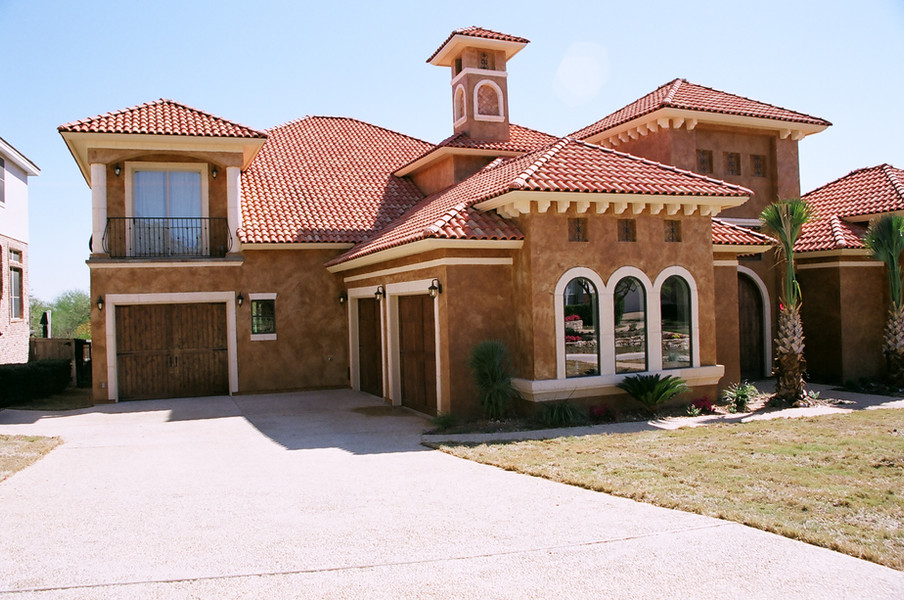
Many important brands have given us their trust
The Importance of Quality Materials in Building a House
When embarking on the journey of building a home, the allure of design, layout, and aesthetics often takes center stage. However, one of the most crucial aspects that should never be overlooked is the choice of materials. Quality materials are the backbone of a well-constructed home, influencing everything from durability and safety to energy efficiency and resale value. Here’s why investing in high-quality materials is essential for constructing a home that stands the test of time.
1. Durability and Longevity
One of the primary reasons to prioritize quality materials is their durability. High-quality materials such as premium roofing shingles, top-grade lumber, and reinforced concrete are built to withstand various environmental stresses, including extreme weather conditions. For instance, top-tier roofing materials are more resistant to wind, rain, and UV damage, reducing the frequency of repairs and replacements. By choosing durable materials, you ensure that your home will maintain its integrity and require fewer costly repairs over its lifespan.
2. Safety and Structural Integrity
Safety is paramount in any construction project. Quality materials contribute to the structural integrity of a home, ensuring it can endure external pressures and internal stresses. High-grade steel, for example, provides superior strength for framing, while high-quality concrete or masonry offers stability for foundations and walls. Substandard materials can compromise the safety of a structure, making it vulnerable to issues such as cracks, settling, or even collapse. Investing in quality materials is a proactive measure to protect your home and its occupants.
3. Energy Efficiency
In today’s environmentally conscious world, energy efficiency is a significant consideration. Quality materials often come with advanced properties that enhance a home’s energy performance. For example, well-insulated windows and doors, high-efficiency HVAC systems, and energy-rated roofing materials can help regulate indoor temperatures more effectively. This not only reduces the strain on heating and cooling systems but also leads to lower utility bills. Over time, the savings on energy costs can offset the initial investment in higher-quality materials.
4. Aesthetic Appeal
The choice of materials greatly impacts the visual appeal of your home. Quality materials often offer superior finishes and textures that enhance the overall aesthetic. For example, natural stone or premium hardwood flooring adds a sense of elegance and sophistication, while high-quality paint and siding materials maintain their color and texture over time. Investing in quality materials ensures that your home not only looks beautiful but also retains its charm and appeal for years to come.
5. Maintenance and Repairs
One of the less glamorous but important aspects of homeownership is maintenance. High-quality materials generally require less maintenance and are more resistant to damage. For instance, premium siding materials like fiber-cement or high-quality brick are less likely to warp, crack, or fade compared to cheaper alternatives. This translates to fewer repairs and less time and money spent on upkeep, making your home more convenient and cost-effective to maintain.
6. Resale Value
Quality materials contribute to the long-term value of your home. When it comes time to sell, potential buyers often look for homes that have been built with durable, high-quality materials. Homes with premium materials tend to have higher resale values and attract more interest in the real estate market. Buyers are willing to pay a premium for homes that offer better longevity, reduced maintenance needs, and overall superior craftsmanship.
7. Environmental Impact
Many quality materials are produced with sustainability in mind. For example, materials like reclaimed wood, low-VOC paints, and energy-efficient windows contribute to a smaller environmental footprint. By selecting eco-friendly materials, you not only support environmental conservation but also enhance the energy performance of your home, aligning with modern green building practices.
8. Comfort and Health
Finally, quality materials can enhance the comfort and health of your living environment. High-grade insulation, for example, not only improves energy efficiency but also contributes to better acoustic performance, reducing noise levels from outside. Additionally, materials that are free from harmful chemicals or allergens promote a healthier indoor air quality, contributing to the well-being of the occupants.
Conclusion
Investing in quality materials is an investment in the long-term success of your home. From ensuring durability and safety to enhancing energy efficiency and aesthetic appeal, the benefits of choosing high-quality materials are numerous and significant. While the initial cost may be higher, the long-term advantages of lower maintenance, improved resale value, and enhanced comfort make it a wise choice. When building or renovating your home, prioritize quality materials to create a resilient, beautiful, and sustainable living space that you and your family will enjoy for years to come.
